Text
God said:
GOD MADE YOU. GOD DOES NOT CARE
IF YOU ARE “GUILTY” OR NOT.
I said:
I CARE IF I AM GUILTY!
I CARE IF I AM GUILTY!…
God was silent.
Everything was SILENT.
— Frank Bidart, from “The War of Vaslav Nijinsky”; Half-light: Collected Poems 1965-2016
14K notes
·
View notes
Text
The directed activity of the adept engaged in combining and separating the letters in his meditation, composing whole motifs on separate groups, combining several of them with one another and enjoying their combinations in every direction, is therefore for Abulafia nor more senseless or incomprehensible than that of a composer. Just as—to quote Schopenhauer—the musician expresses in weirdness sounds “the world once again,” and ascend to endless heights and descend to endless depths, so the mystic: To him the closed doors of the soul open in the music of pure thought which is no longer bound to “sense,” and in the ecstasy of the deepest harmonies which originate in the movement of the letters is the great Name, they throw open the way to God.
Gershom Scholem, Major Trends in Jewish Mysticism; Fourth Lecture: Abraham Abulafia and the Doctrine of Prophetic Kabbalism
16 notes
·
View notes
Photo

The curious case of calcium-rich supernovae by europeanspaceagency
302 notes
·
View notes
Photo

Jeremiah thrown into a prison by the people of King Zedekiah (Jeremiah, XXXVIII, 4 6), 1956, Marc Chagall
Medium: etching,paper
13 notes
·
View notes
Text
“Despite its reputation in Christian circles as an occult teaching, and without regard to certain antinomian offshoots, Kabbala was not really “hidden,” but integrated into Jewish life and laws. Traditionally only male Jews over forty were considered learned enough in Torah and Talmud to undertake study of the mystical and therefore potentially dangerous texts. But kabbalistic mystics were not aged hermits. They were family men and activists within their communities who believed that the “healing of the universe,” or tikkun olam, depended on them and their actions.”
— Judith Deutsch Kornblatt, “Russian Religious Thought and the Jewish Kabbala” in The Occult in Russian and Soviet Culture (1997)
356 notes
·
View notes
Text

A blessing for chest binding
בשם מצות ציצית ומצות התיצרות
"b'shem mitzvat tzitzit v'mitvat hityatzrut"
In name of of the mitzvah of tzitzit and the mitzvah of self-formation
320 notes
·
View notes
Photo
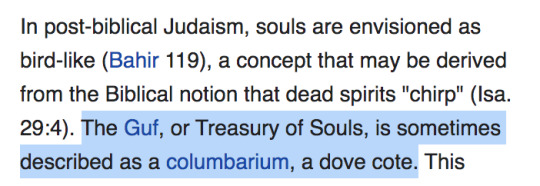
this is so beautiful… the fact that the word ‘columbarium’ refers to buildings of exactly the same form with niches that house either doves or urns of ashes and then the combination of those two purposes into a dovecote of souls…
644 notes
·
View notes
Text
Beloved is man for he was created in the image of God. Still greater was God’s love in that He gave to man the knowledge of his having been so created. - Pirke Avot 3:18
88 notes
·
View notes
Text
If I had not fallen, I would not have picked myself up, if I did not sit in darkness, I would not have seen the light. - Orchot Tzadikim, Shaar Hateshuvah, Shaar 26
226 notes
·
View notes
Text
“The day is short, the labor long, the workers are idle, the reward is great, and the Master is urgent.”
— Mishna: Avot 2.15
62 notes
·
View notes
Text
Where there is no bread, there is no education; if there is no education, there is no bread. - Ethics of the Fathers
115 notes
·
View notes
Text
But the Pharoah that our ancestors pictured, each and every year, for century after century, when Pesah was celebrated, was more than one man: he was for them every tyrant, every cruel and heartless ruler who ever enslaved the men, women and children of his country.
For our forefathers, Pharoah was the symbol of all those tyrants who ever acted as though they were gods, and whose will had to be obeyed without question, on penalty of torture or death.
And that is why Pesah means more than that first emancipation the Israelites won from Pharaoh when they left Egypt. It means the emancipation the serfs in the Middle Ages won from their overlords; the freedom the slaves won from their masters; the freedom the common people of countries won, when their kings were overthrown; it means the guarantee of the sacred rights of life, liberty, and the pursuit of happiness.
The first emancipation was thus only a foreshadowing of all the emancipations that were to follow, and which will yet follow in the days to come. - Mordecai M. Kaplan
219 notes
·
View notes
Photo
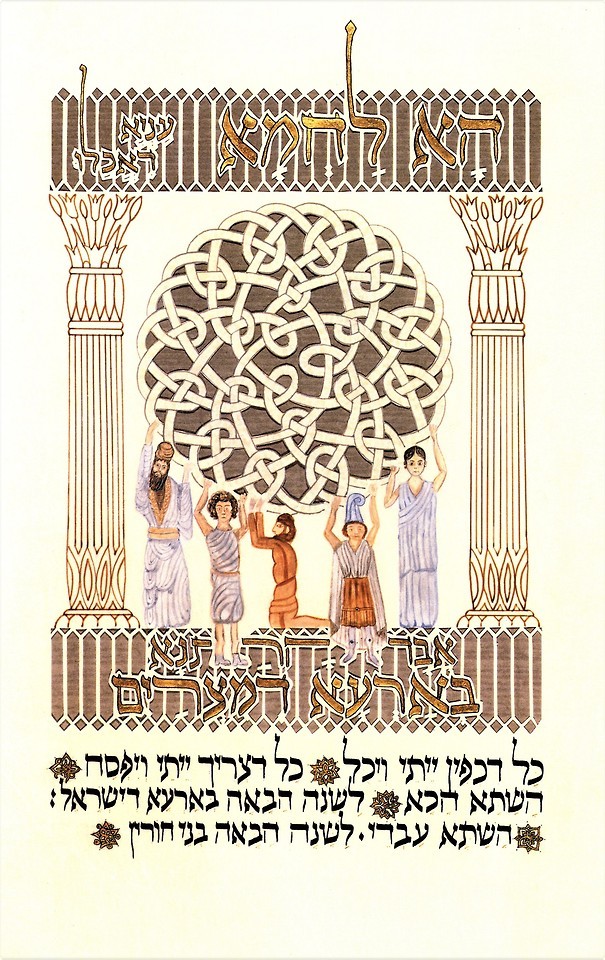

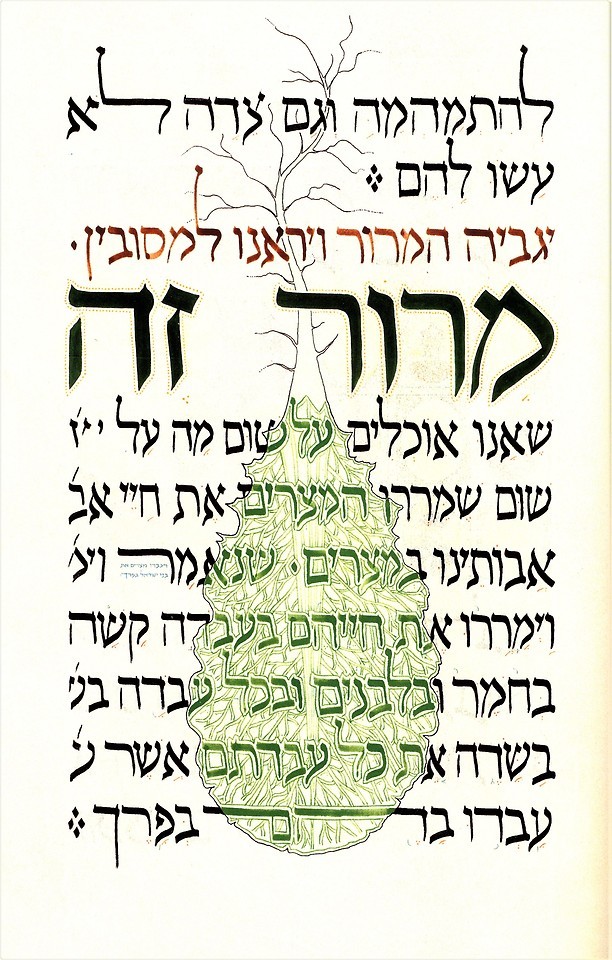


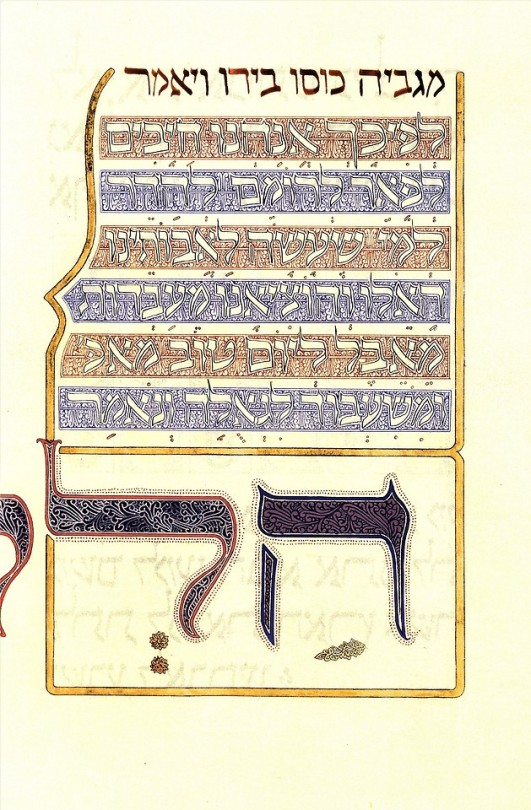
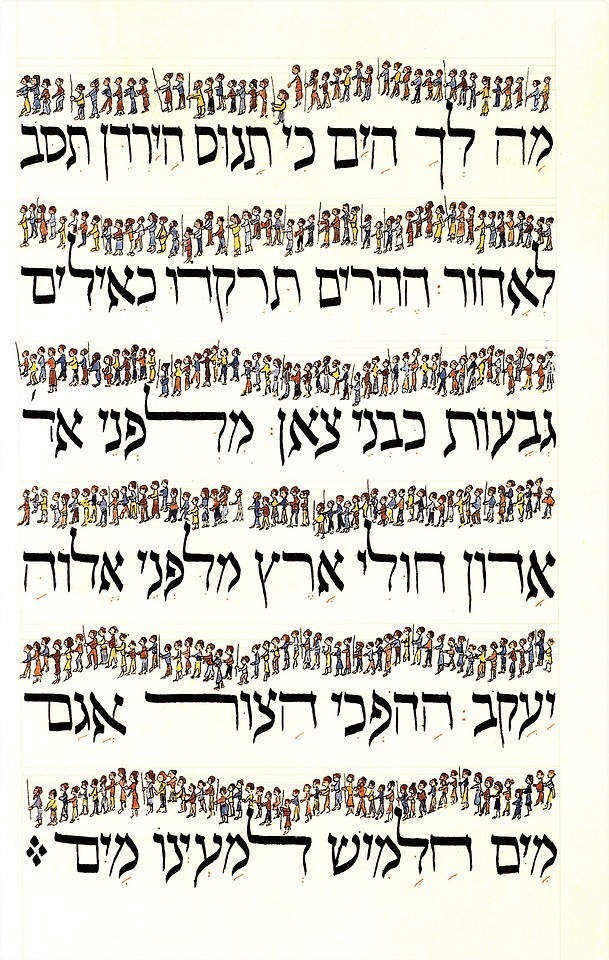
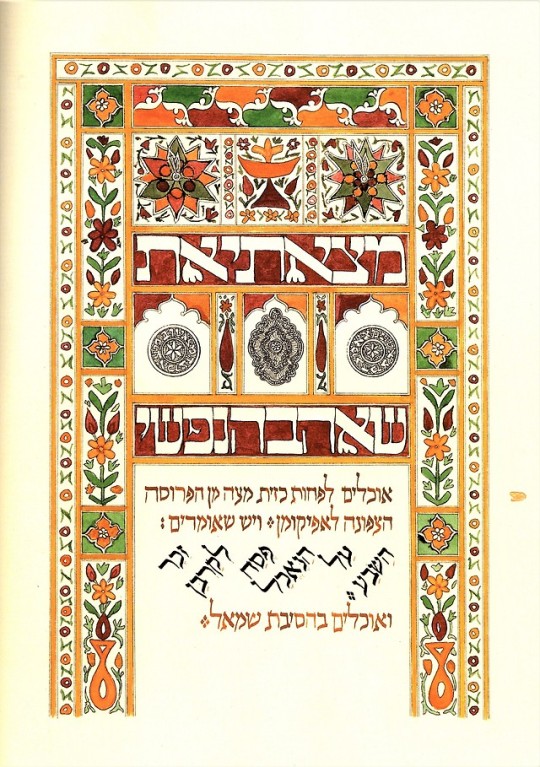
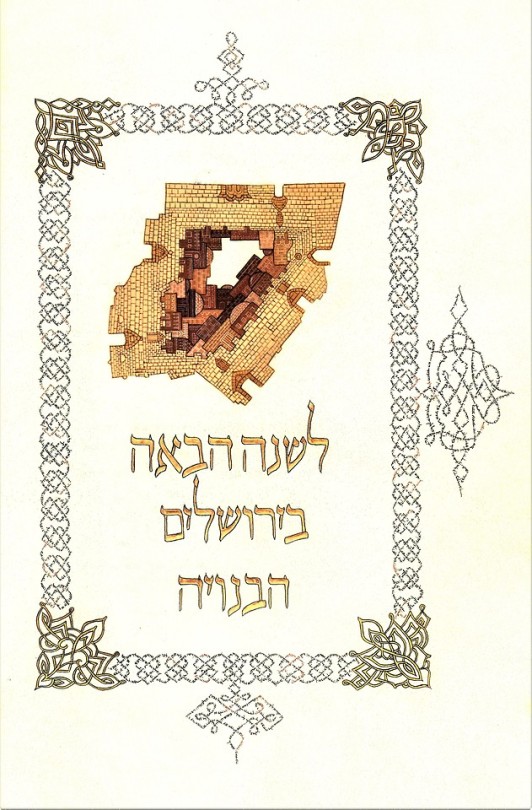
Pesach Greetings!
This holiday we present a 2000 facsimile of The Moss Haggadah published by Bet Alpha Editions. In 1983, American-Israeli artist David Moss was commissioned to produce an individual, hand-made Haggadah in the tradition of the medieval illuminated manuscript. Upon its completion, it was so well received by all who saw it that its owners, Richard and Beatrice Levy, graciously agreed to allow Moss to reproduce the work as a facsimile edition. Because the work, created on vellum, contained paper cuts, gold and silver, and many complicated features, research was begun on the project to see if a printer could be found who was capable of reproducing the look and feel of the work. In 1986, with the help of Martino Mardersteig of the prestigious press Stamperia Valdonega, 550 examples of this work were produced. Due to the overwhelming success of Moss’s facsimile haggadah, Bet Alpha Editions published this hardcover edition of the Moss Haggadah for the commercial trade.
View our previous Passover posts.
561 notes
·
View notes
Photo
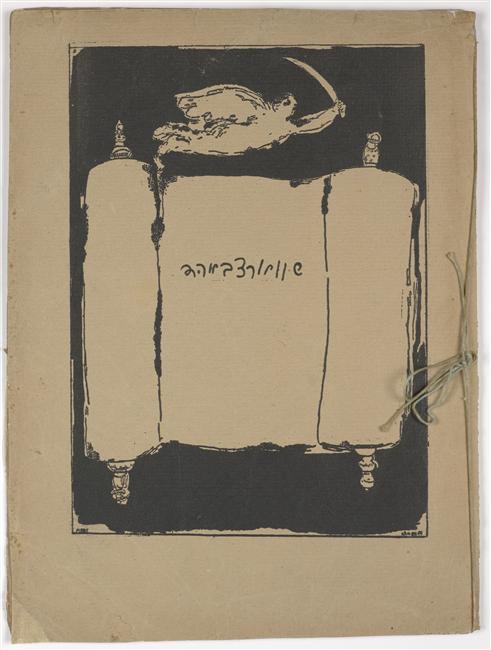
Illustration for brochure “Schwartzbard”, 1927, Marc Chagall
25 notes
·
View notes
Photo

Elijah resurrects the son of the widow of Zarephath (I Kings, XVII, 17-22), 1956, Marc Chagall
Medium: etching,paper
https://www.wikiart.org/en/marc-chagall/elijah-resurrects-the-son-of-the-widow-of-zarephath-i-kings-xvii-17-22
11 notes
·
View notes
Photo

Fresco from the synagogue at the ancient city of Dura-Europos (Syria), depicting Moses and the Israelites crossing the Red Sea. Artist unknown; ca. 244-256 CE. Photo credit: Becklectic/Wikimedia Commons.
377 notes
·
View notes
Photo
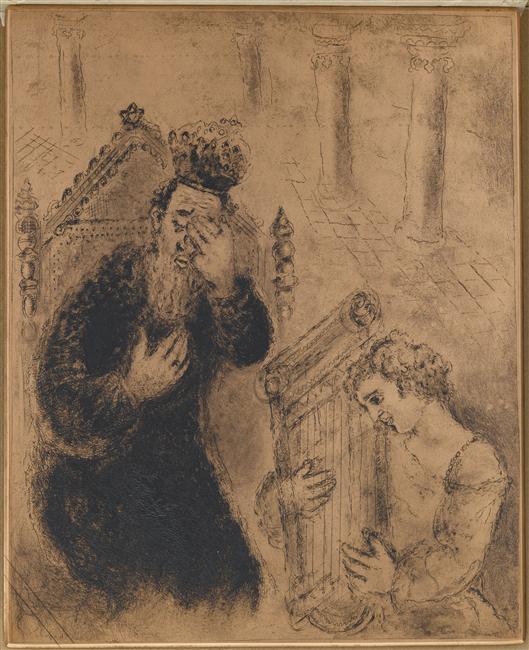
David sings accompanying himself in the harp before Saul, and relieves his suffering (I Samuel, XVI, 19-23), 1956, Marc Chagall
Medium: etching,paper
https://www.wikiart.org/en/marc-chagall/david-sings-accompanying-himself-in-the-harp-before-saul-and-relieves-his-suffering-i-samuel
32 notes
·
View notes